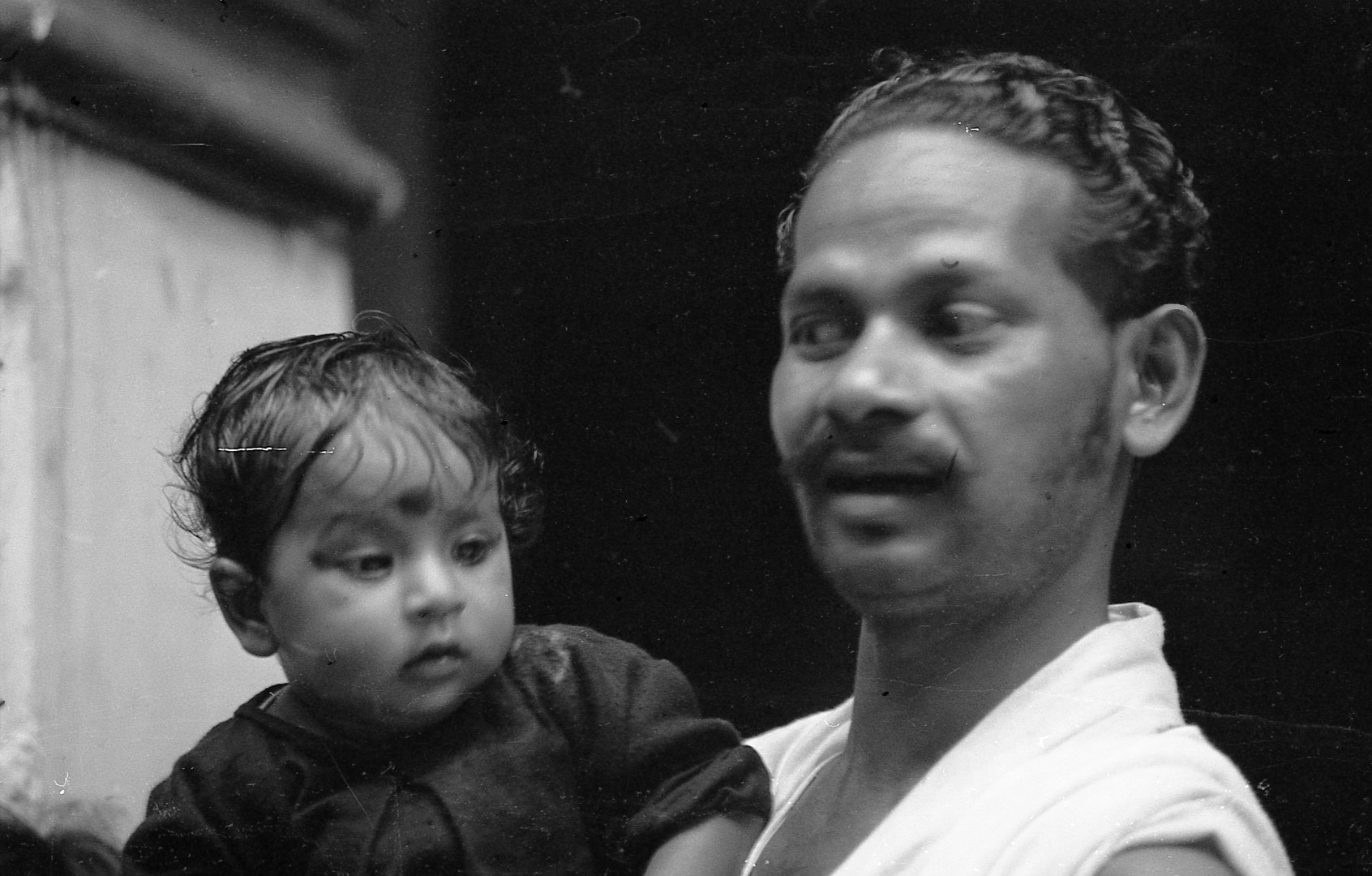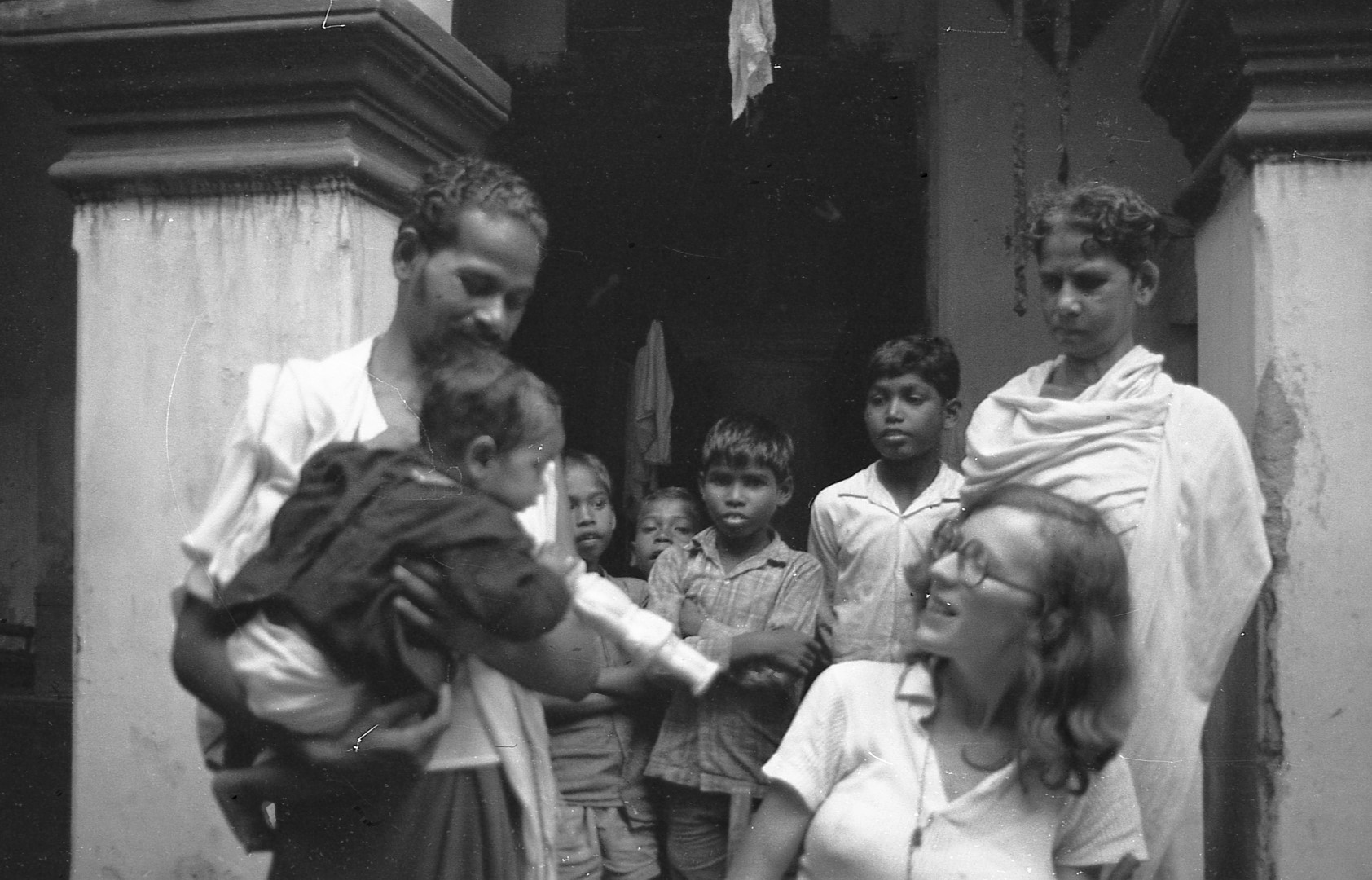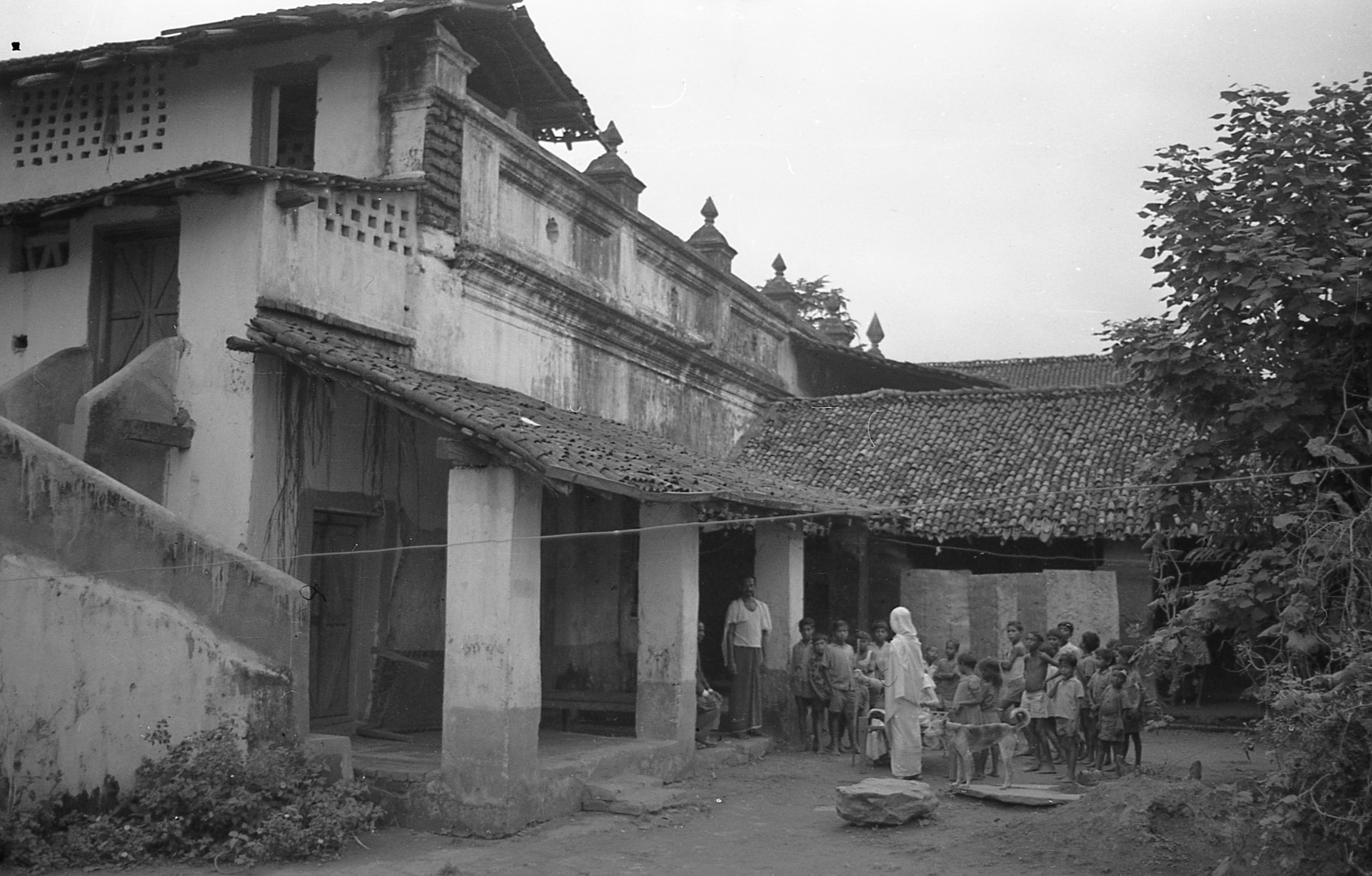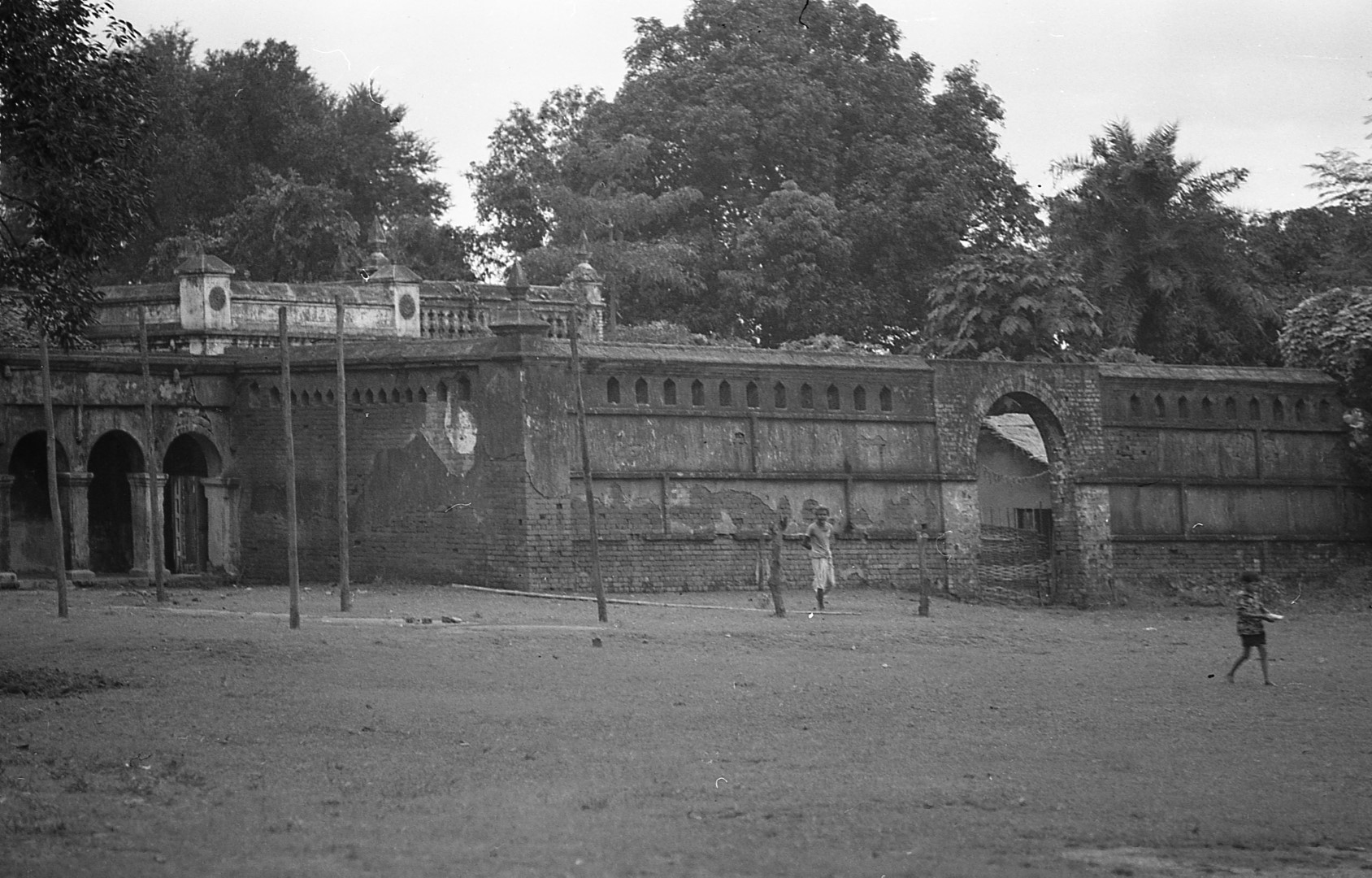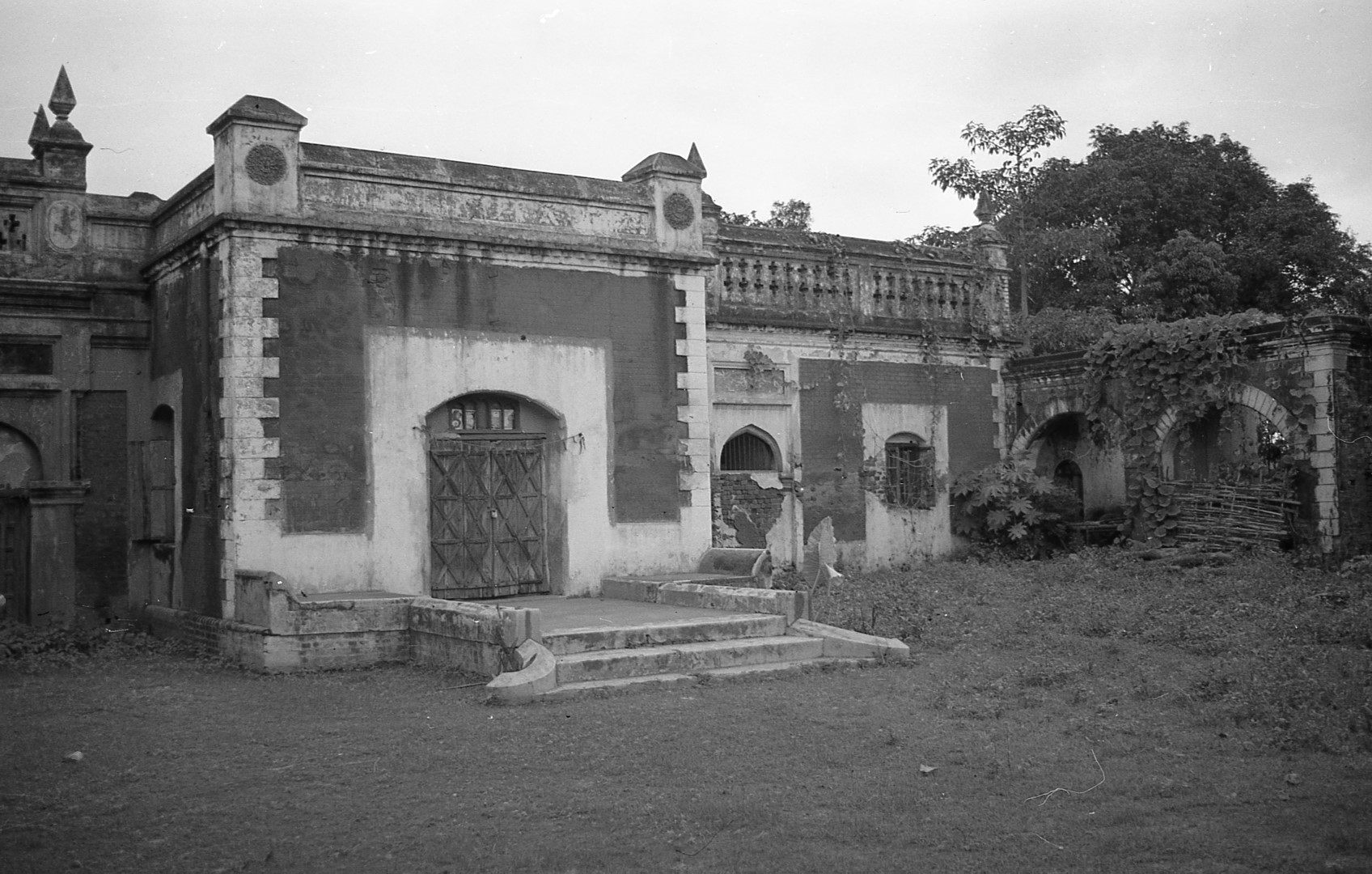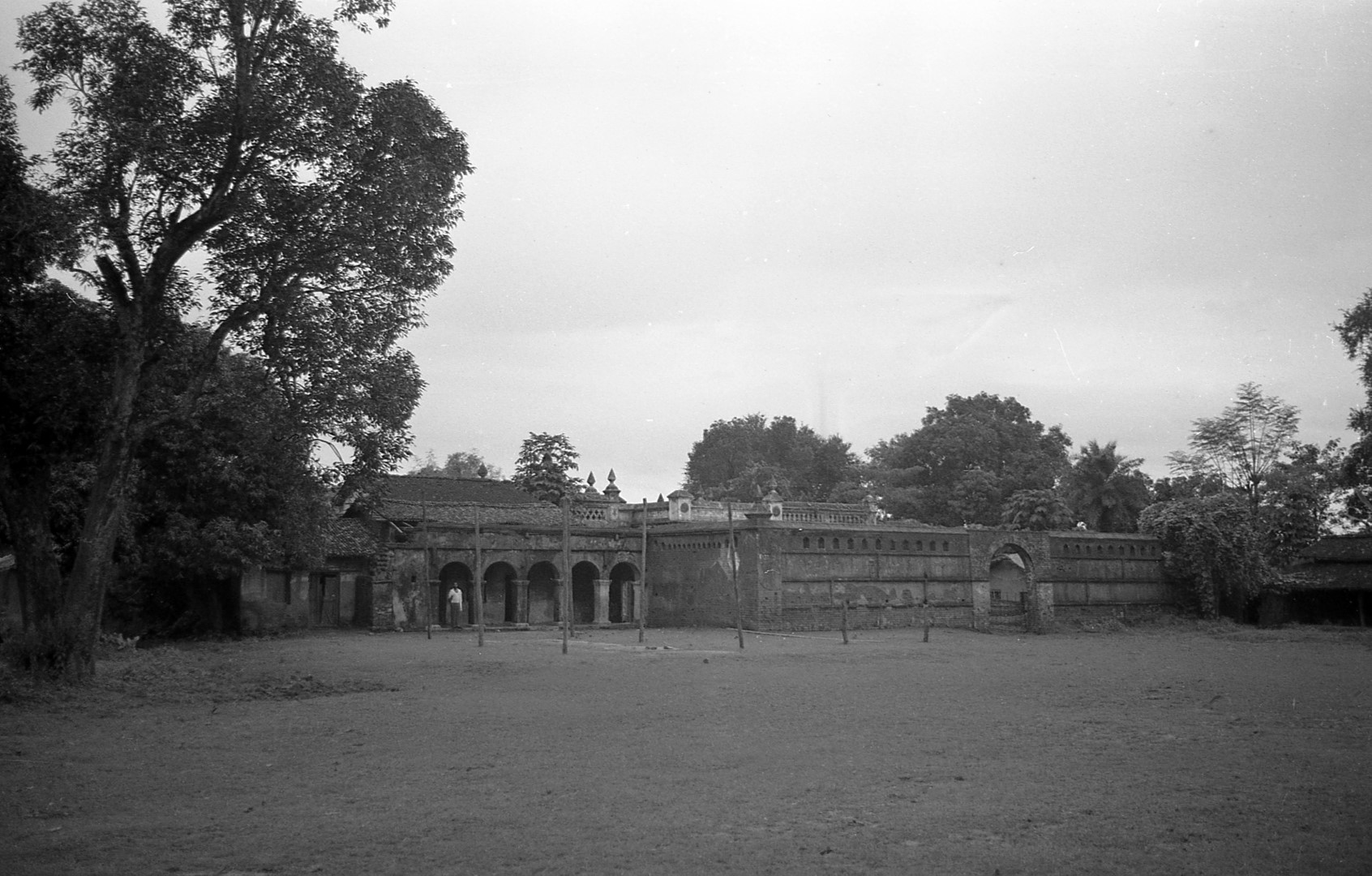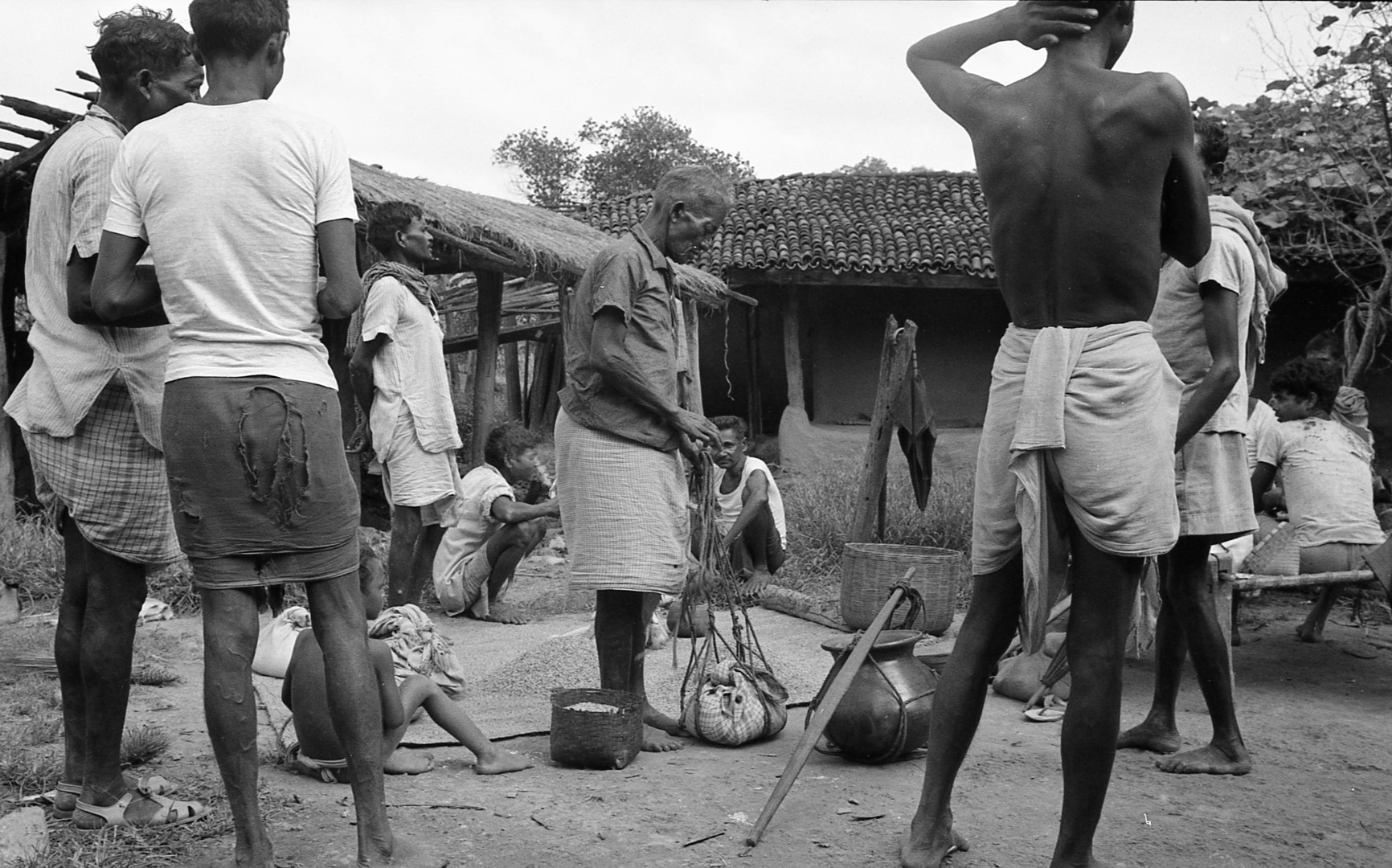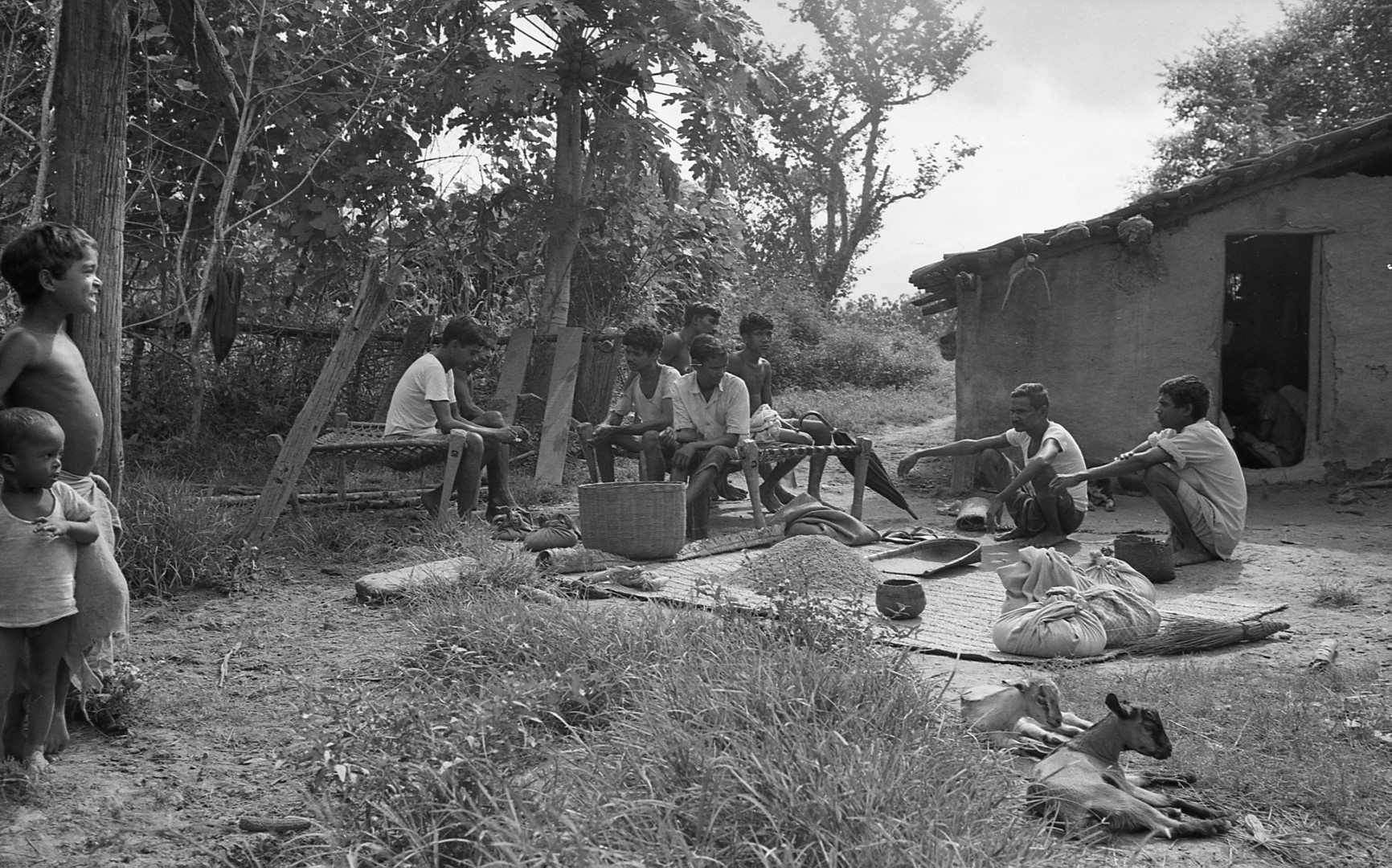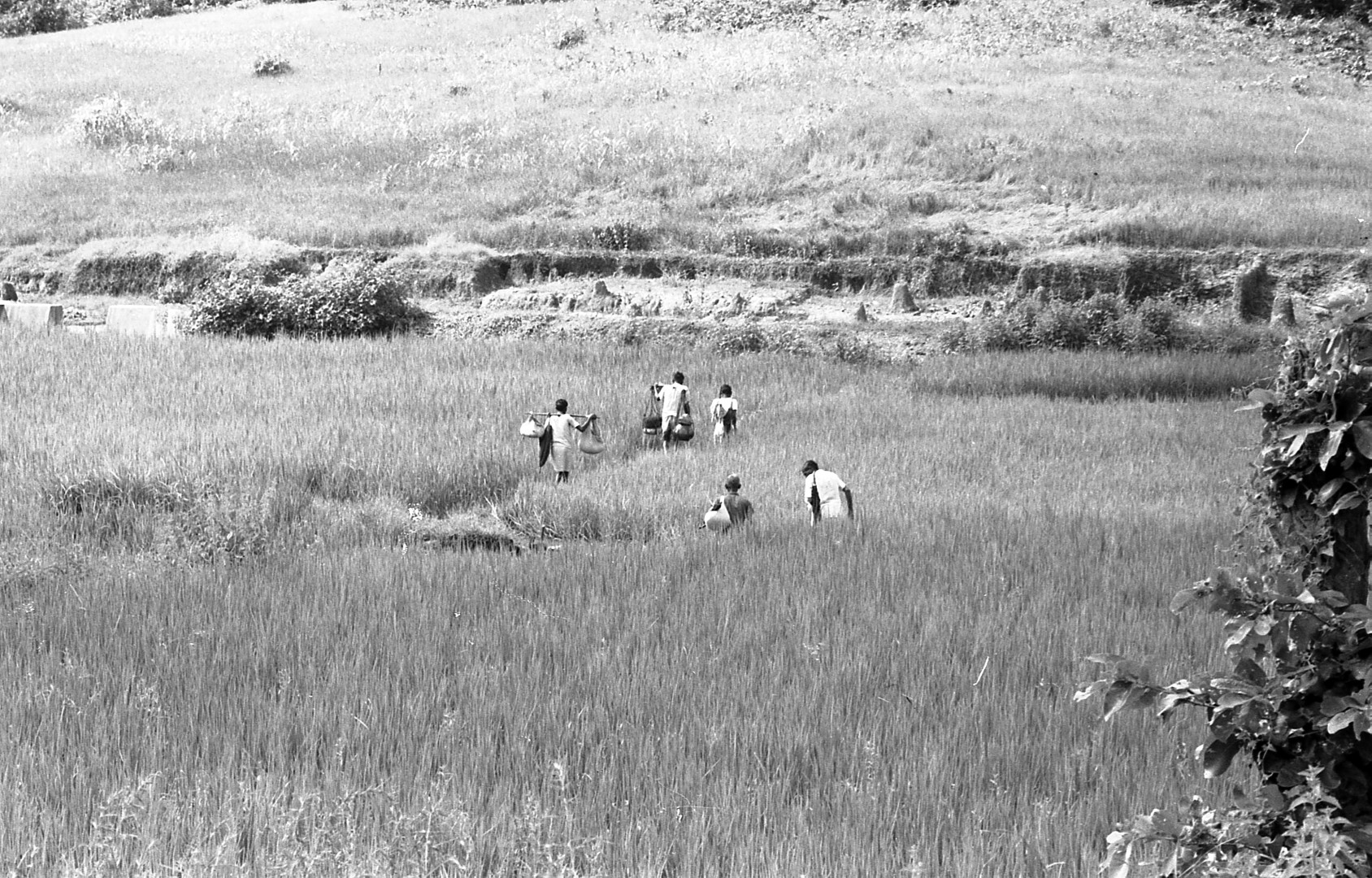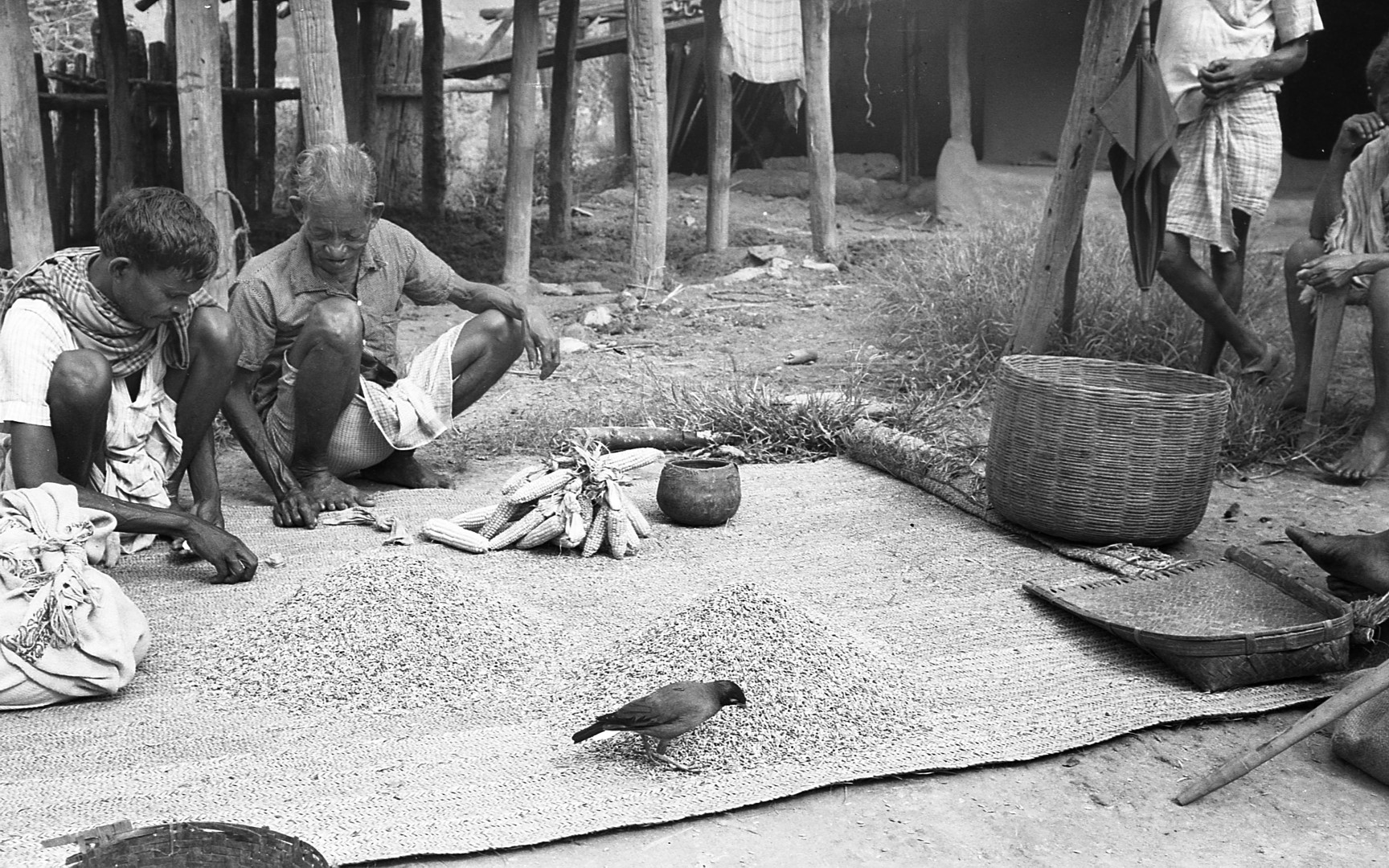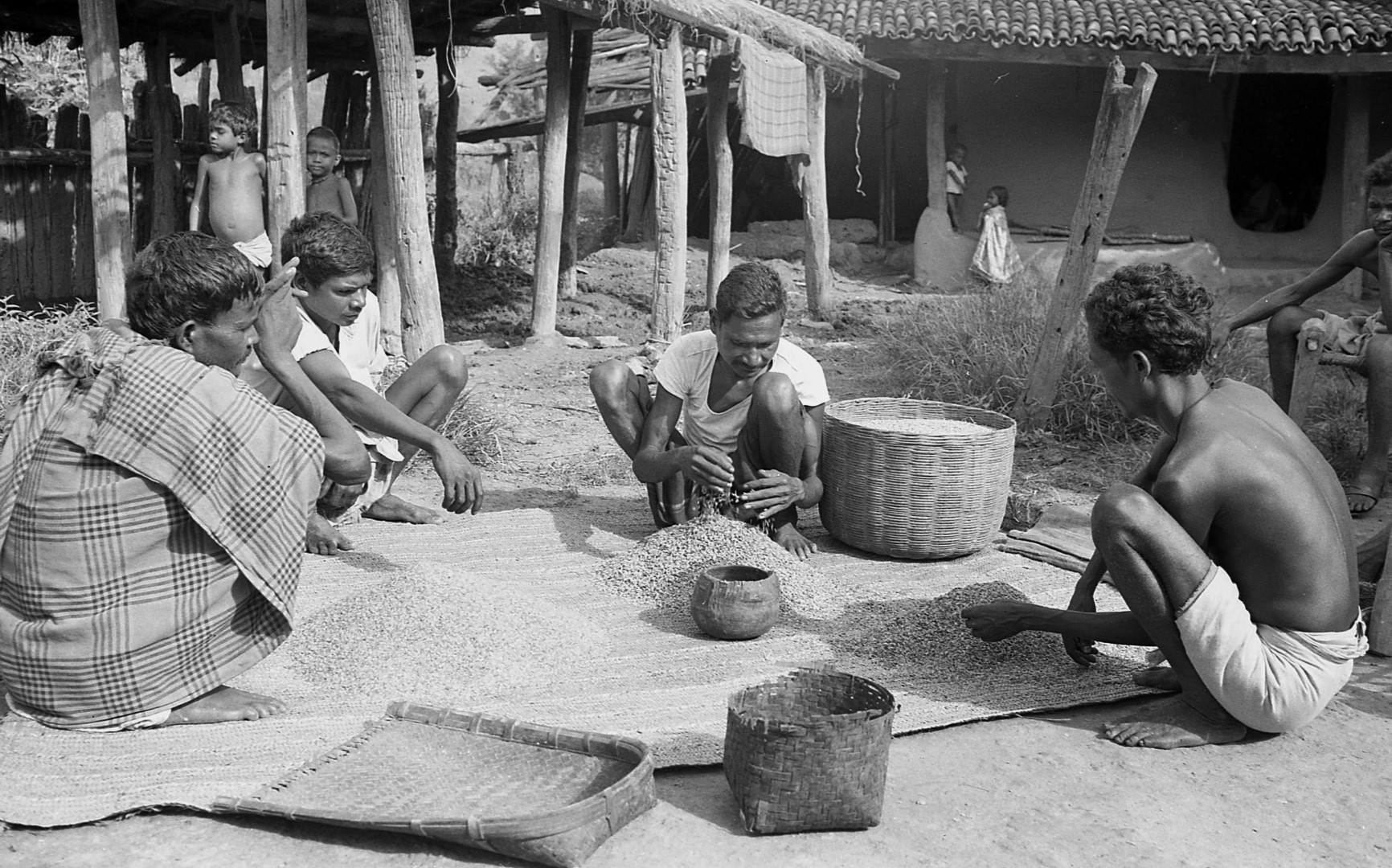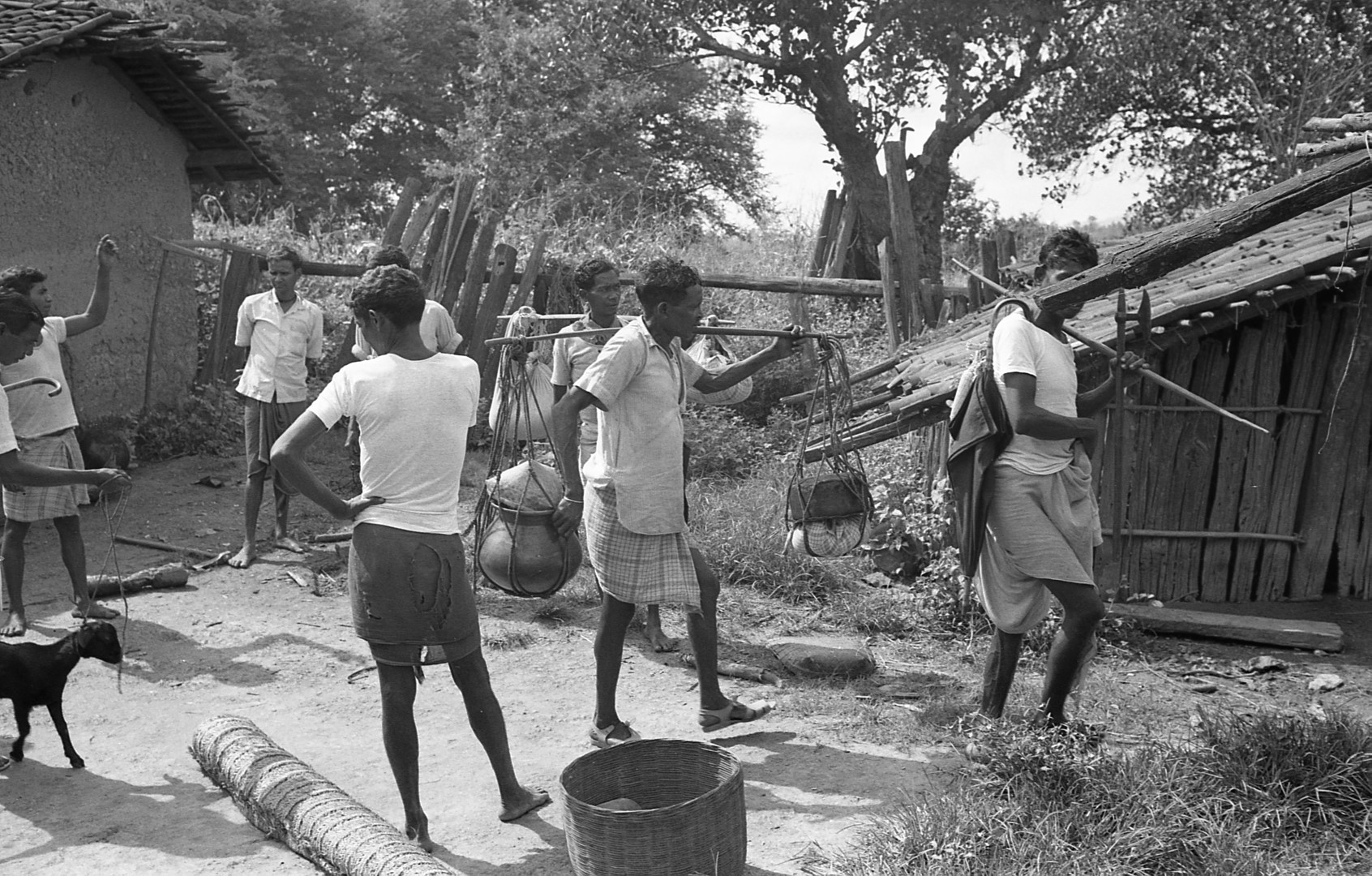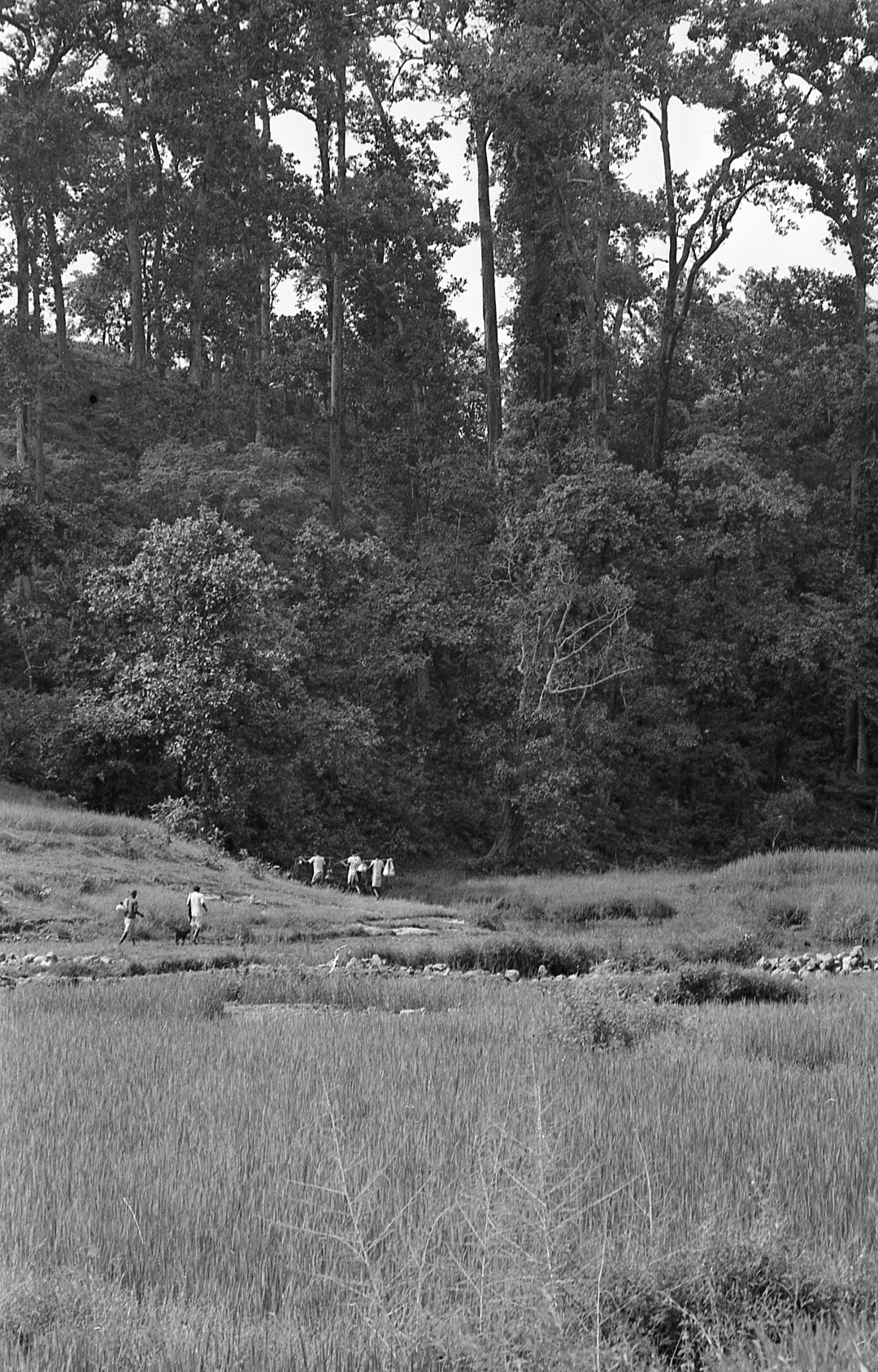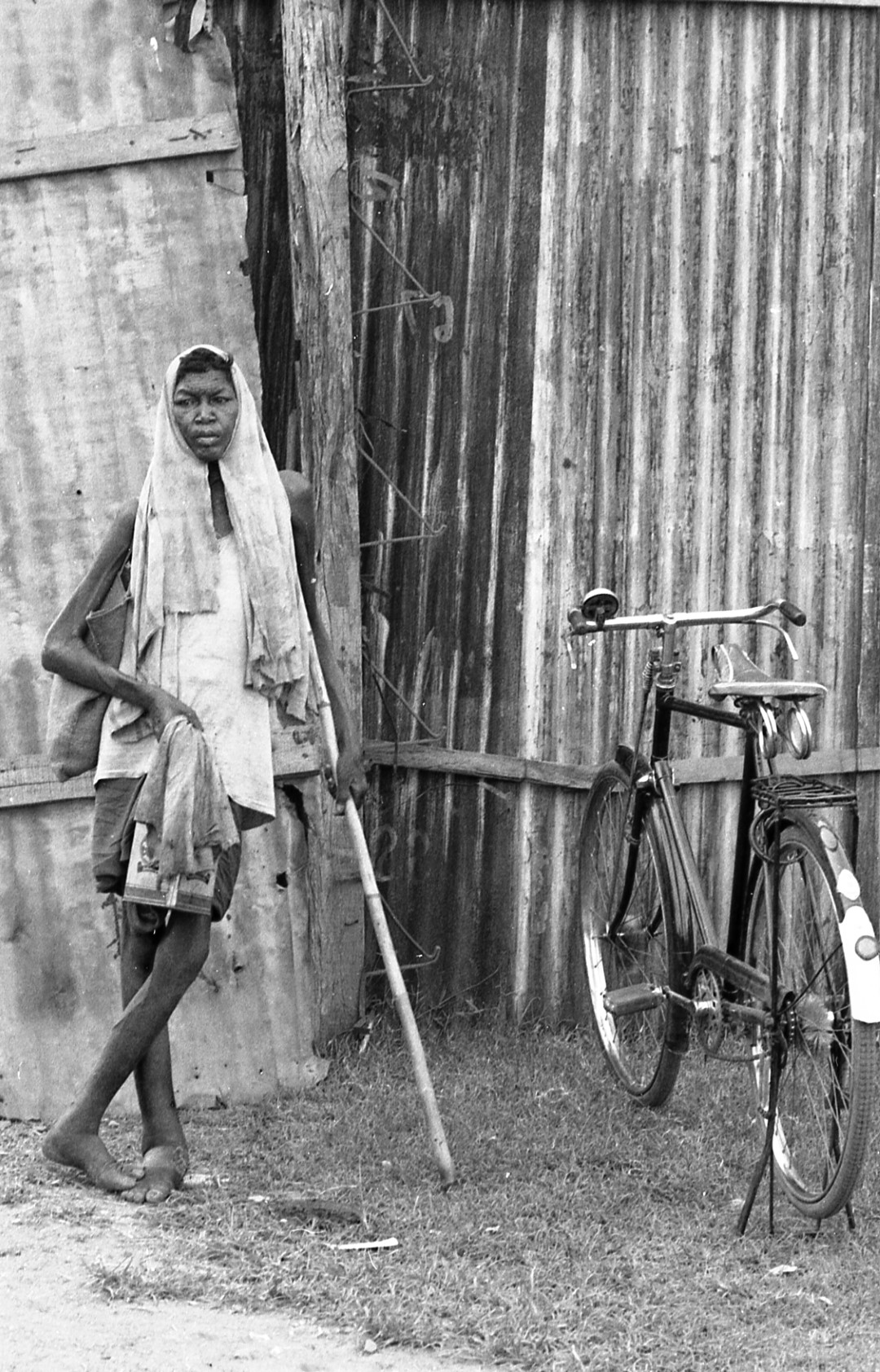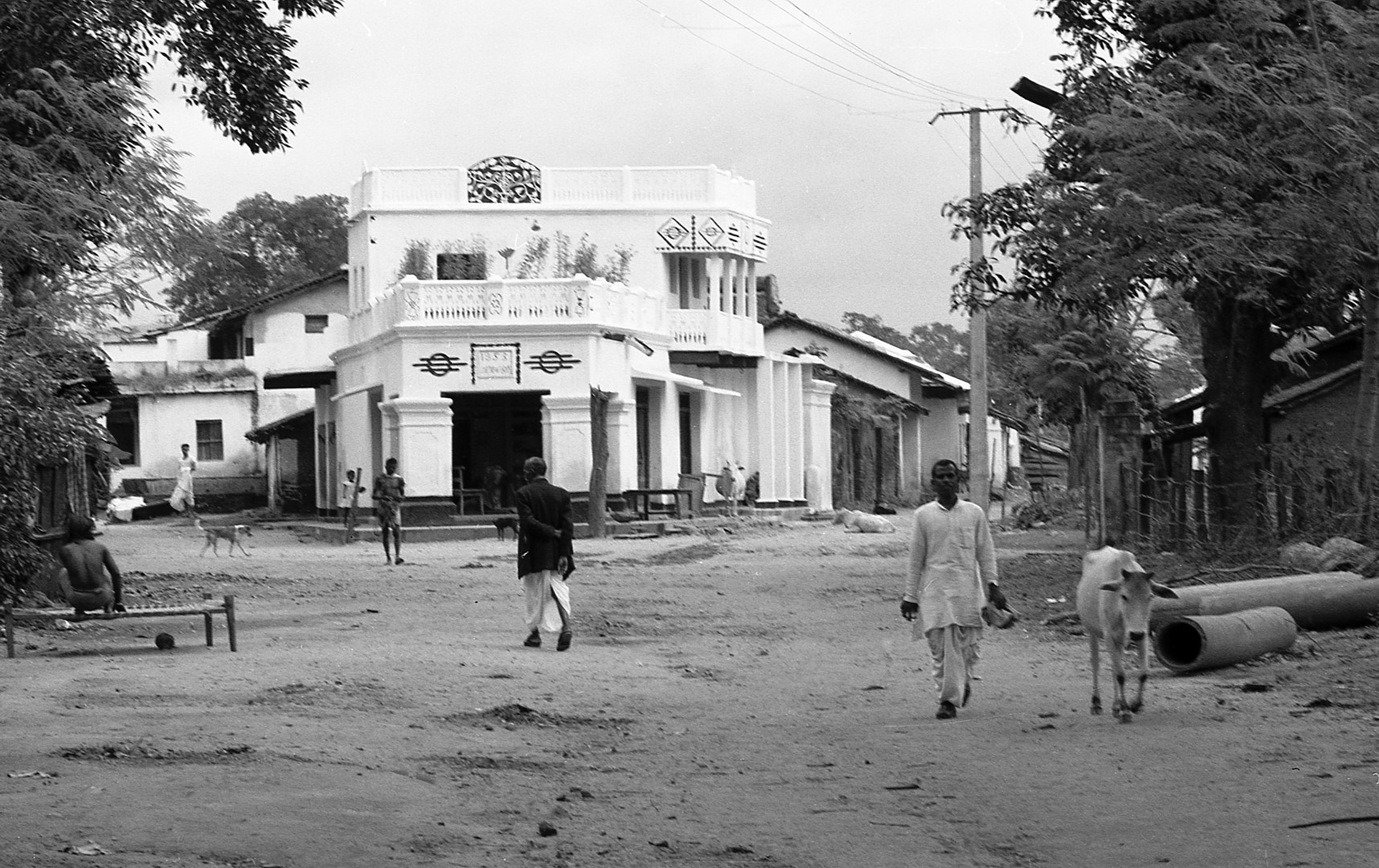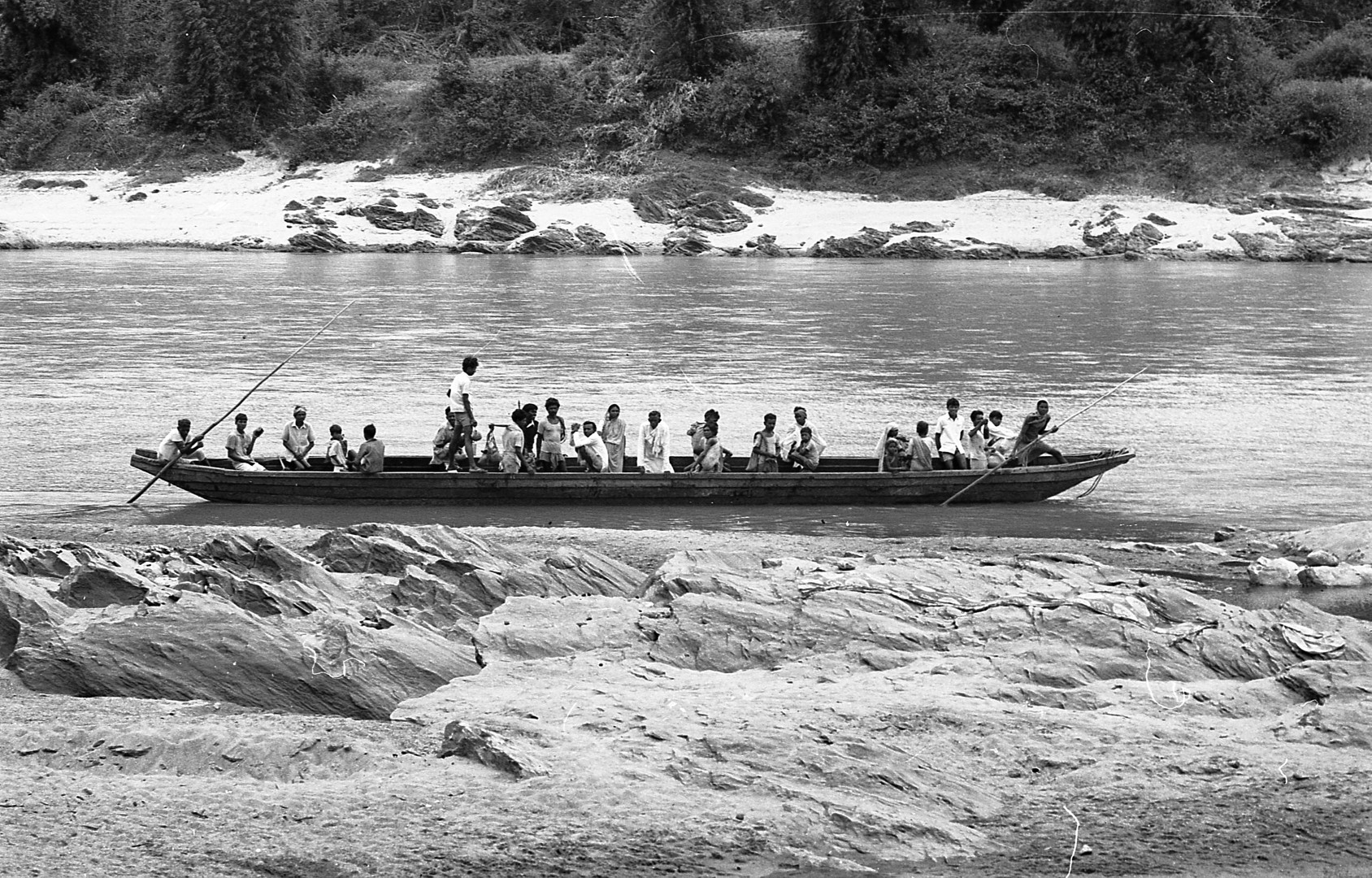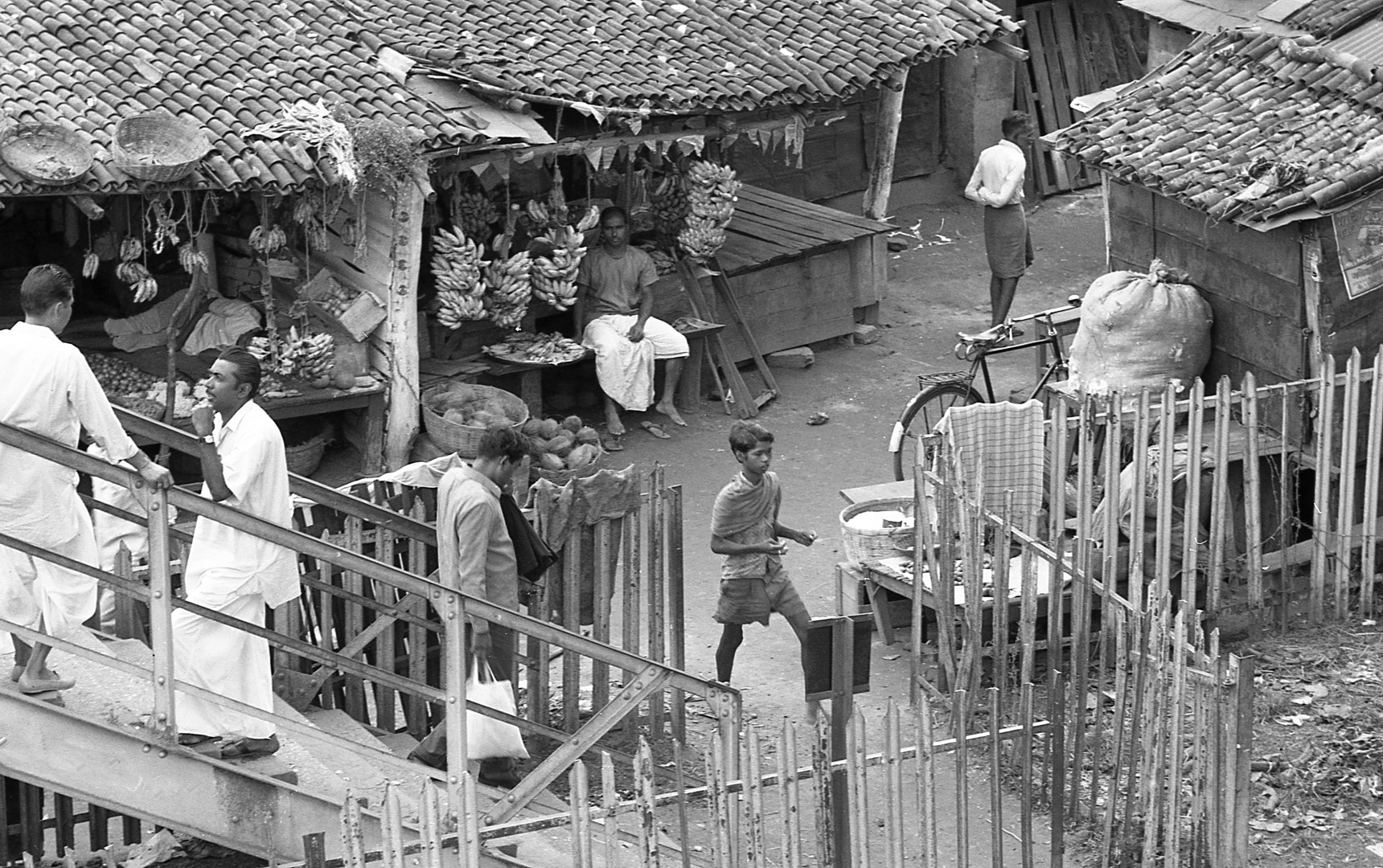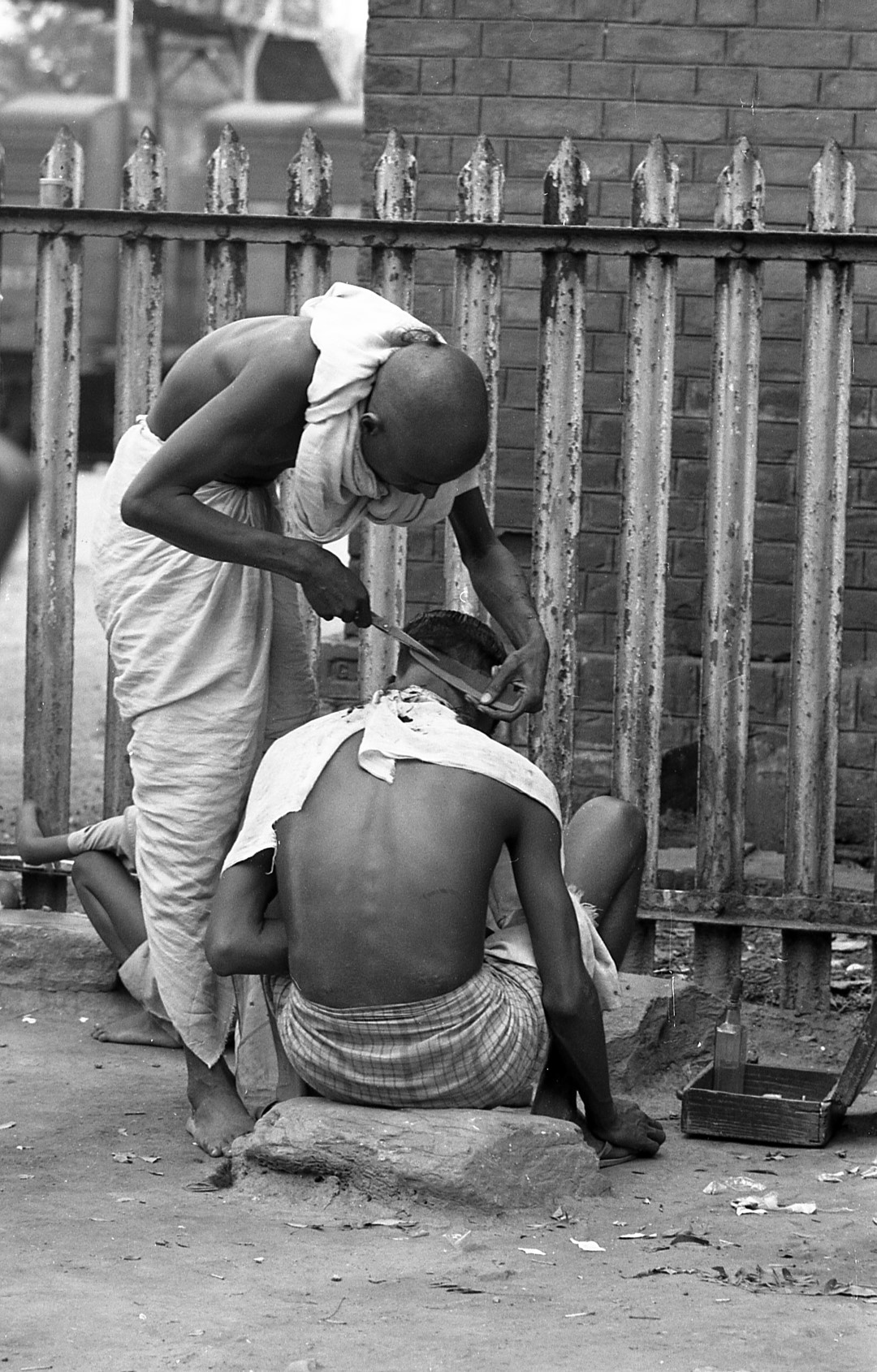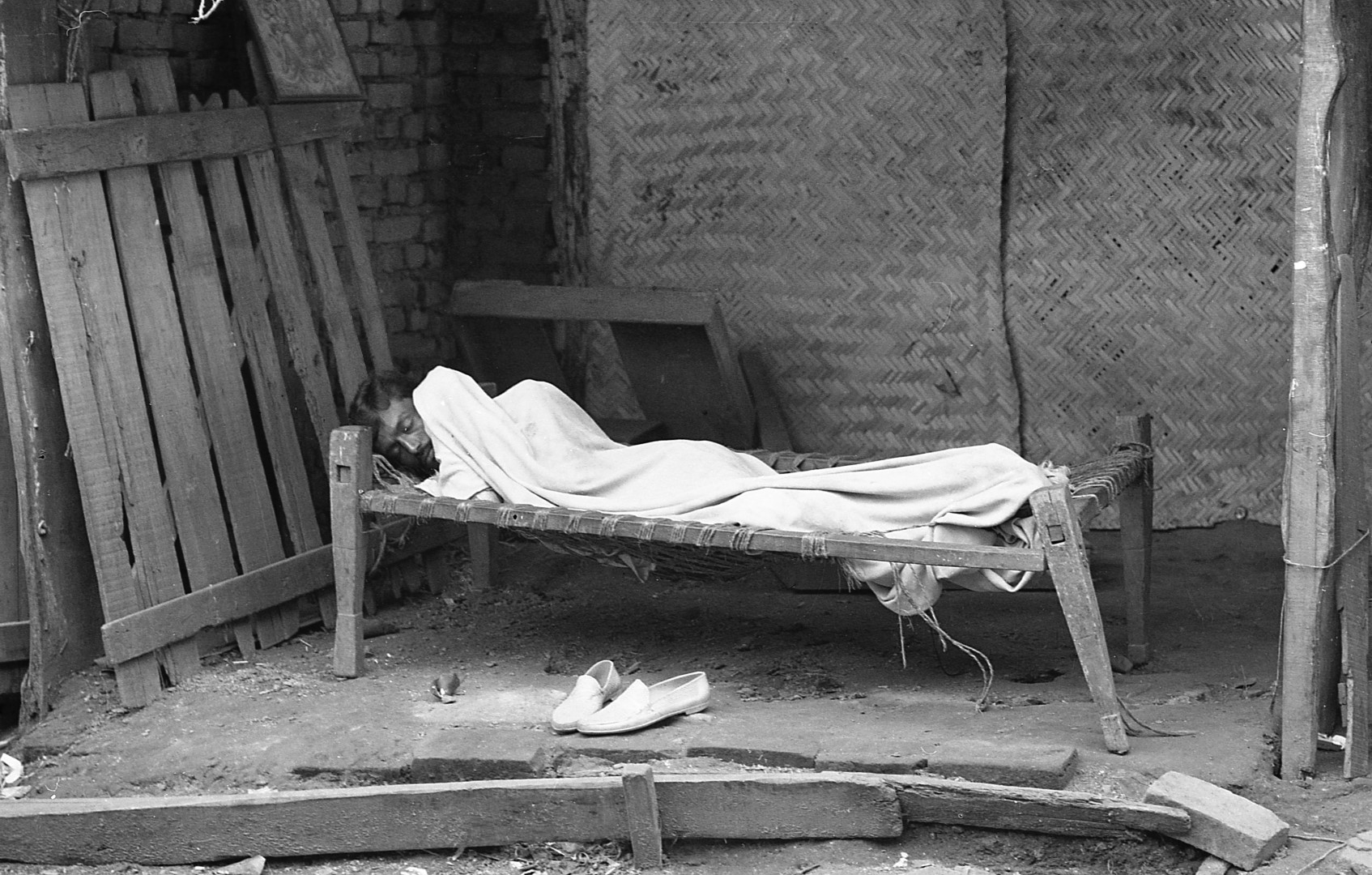Manoharpur
Manoharpur Raja's palace
The Raja of Manoharpur lived in this palace near the town of Manoharpur. In 1973 it was becoming dilapidated, as he had lost all his political power base after Indian independence in 1949. His ancestors had been the tribal Raja of Chhotanagra, near Dubil. That palace was mud built, but little remains of it. However a few Ho villages still pay him ‘malguzari‘, a token land tax based on the old days when he collected the land taxes for the British colonial government (see next section on MANOHAR RAJA’S TYTHE). The Manoharpur Rajas had been subject to the overlordship of the Raja of Porahat and the Maharaja of Seraikela. Oddly all of them had ‘Paudi Ma‘ as their household deity. She was the goddess of the original inhabitants of Singhbhum, the Bhuiya people.
Manoharpur Raja’s tythe
Annually the landowners of Dubil still pay a tithe tax, ‘malguzari‘ in honour to their erstwhile overlord, the Raja of Manoharpur. In feudal times he was their local king and they had a duty to fight for him. In those days the Ho were a militaristic people called the ‘Larka Kol‘, meaning ‘dark skinned warriors’. This is a series of images of the Dubil landowners, ‘khuntkatidar‘ organising their now purely honorific payment. During the British Raj colonial times the Raja collected the land tax which was paid to the East India Company.
Manoharpor town
It is 12 miles northwest from Dubil and 40 miles east of Chaibasa on the banks of the Koel River. It has a station on the Calcutta to Nagpur and Mumbai railway line. It is the closest large town to Dubil and is the main access town to the Saranda forest and the administrative centre for West Singhbhum.
